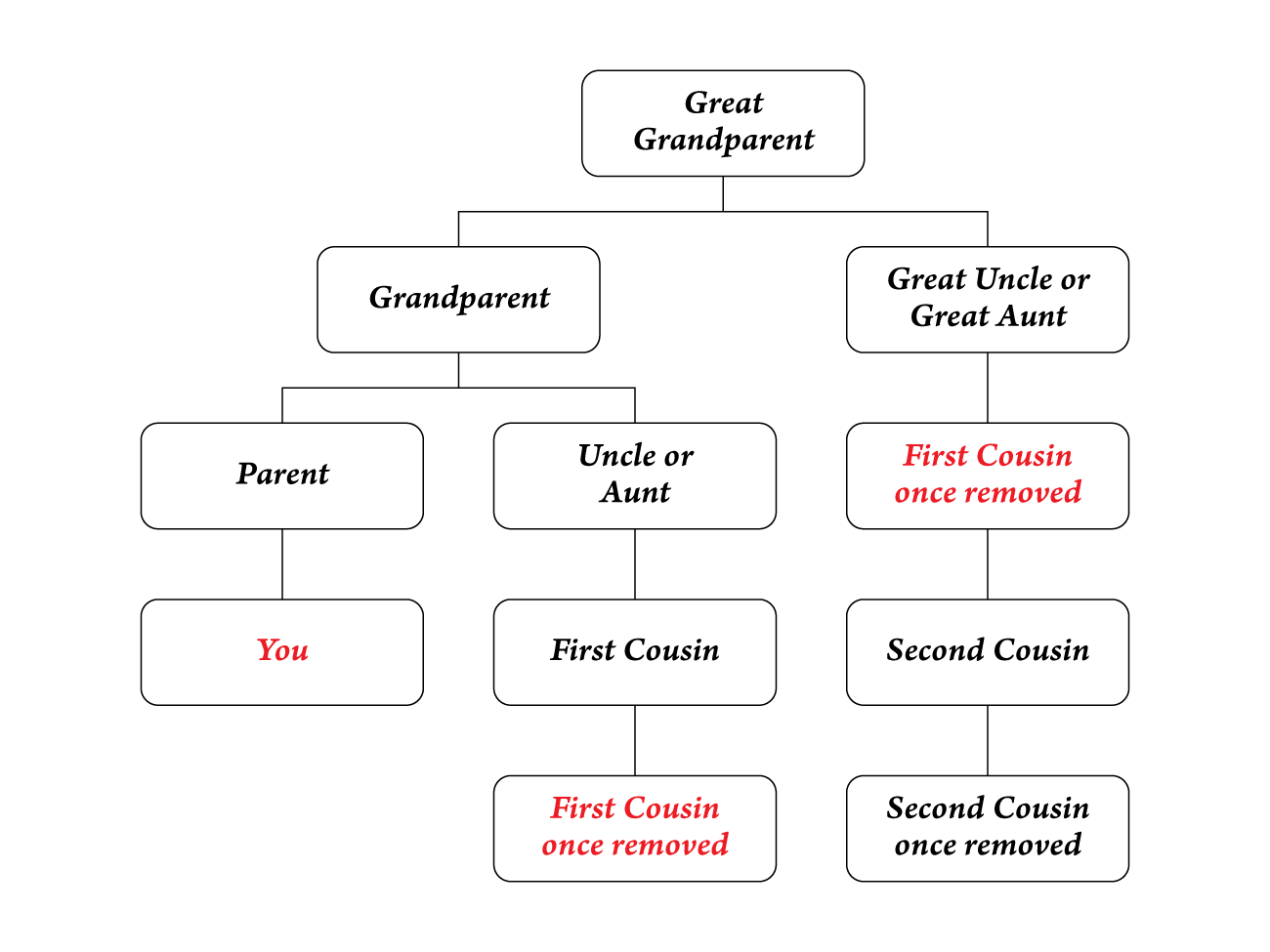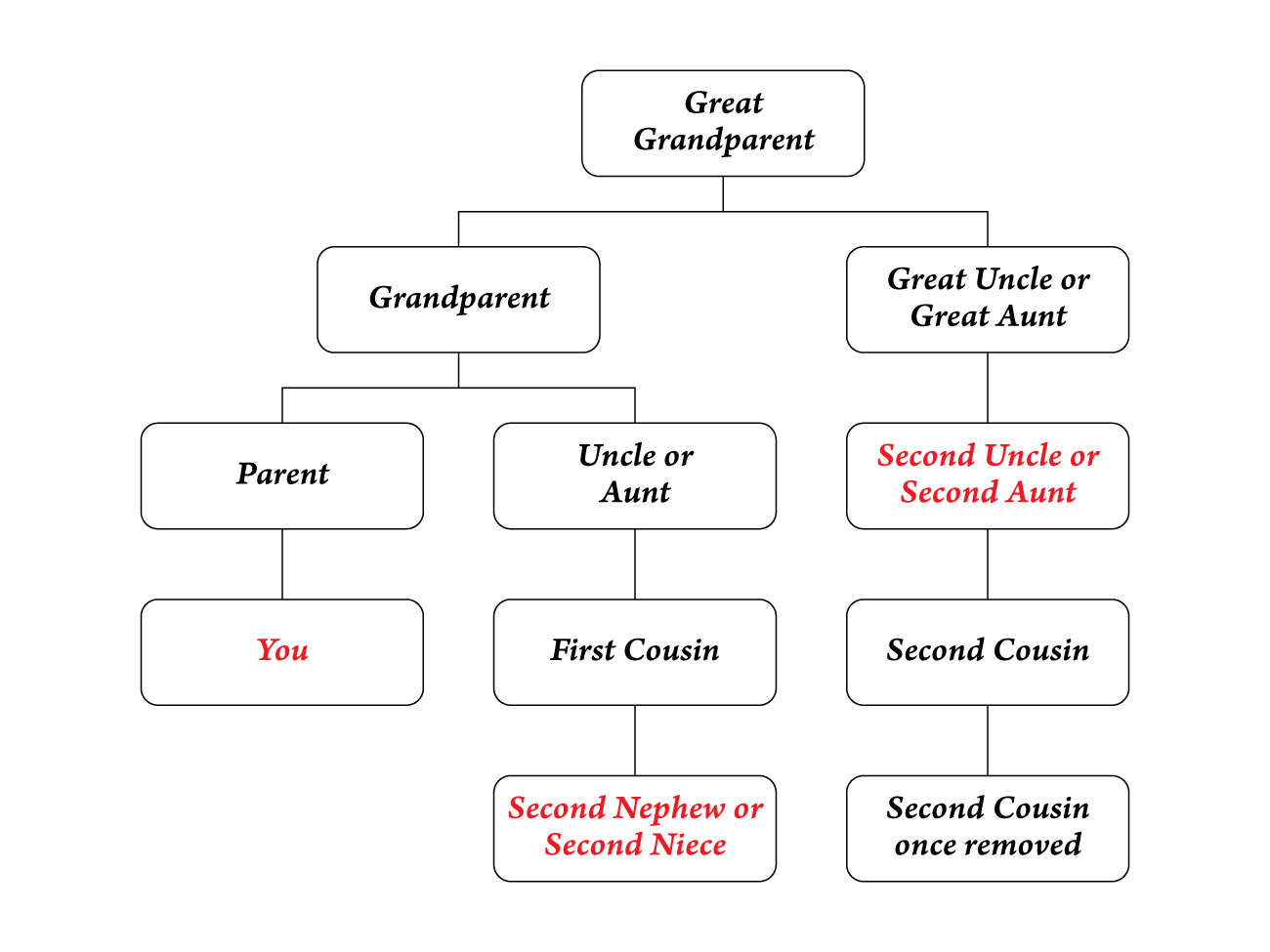Two people are “first cousins once removed” when their relationship is that of first cousins plus one generation. In particular, this means that they do not belong to the same generation and are usually not of similar age. Probably the best way to explain the concept is via a family tree:

The situation with “higher” cousins is analogous. A person with whom you are related as second cousins plus one generation is your “second cousin once removed”; your first cousin plus two generations is your “first cousin twice removed”, and so on.
What sets your “cousins once removed” apart from other terms expressing family relationships is that they may be either a generation younger or a generation older than you. To avoid this asymmetry, it is possible to refer to first cousins once removed by generalizing the uncle/aunt–nephew/niece relationship:

However, “second nephew/niece” may be easily misunderstood as “second-born nephew/niece”, so it may be preferable to refer to them simply as a cousin’s son/daughter. They are also sometimes referred to as “cousin-nephew” and “cousin-niece”.
 Tip: Are you a non-native English speaker? I have just finished creating a
Tip: Are you a non-native English speaker? I have just finished creating a  Web App
Web App
